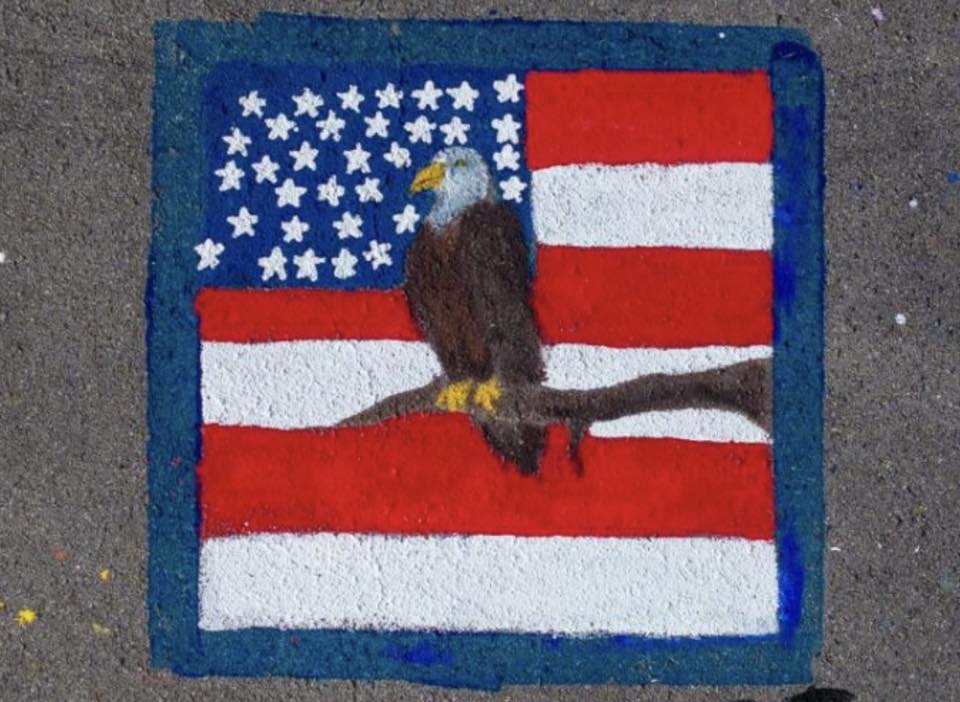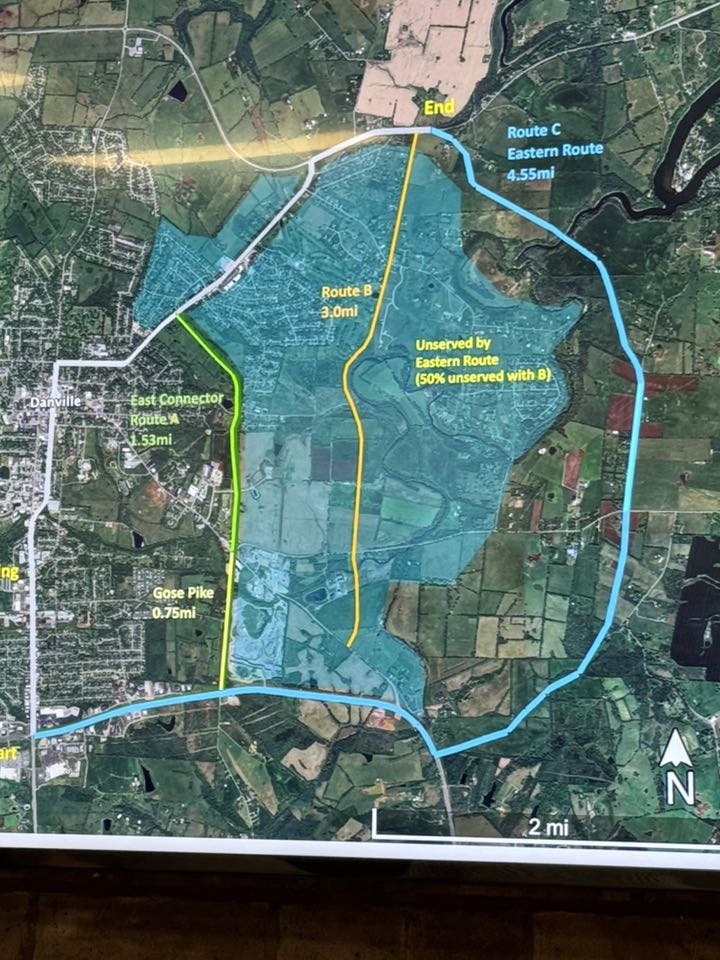Pushin brothers helped transform Danville from ‘mean’ to distinct
Published 6:52 am Saturday, October 6, 2018
Driving through the streets of Danville in April 1931, an Advocate writer noticed the growth change in Danville in the past two decades. It had turned from an ordinary small town with a vintage of the gay ‘90s, into a little city of metropolitan distinction.
Main Street in the 1890s was an ugly spectacle of mud, dust and sticky tar during the summer months and snow, slush and ruts during the winter, he wrote.
The buildings were out-of-date, the streets were mean, and Danville was a “small” town in the accepted sense of the term.
Trending
In 1931, the “body” as well as the “spirit” of Danville is changed, and people lived in a different day.
In analyzing the causes for this change in conditions, he paid tribute to two brothers of Danville, now living in another state, but who still regarded Danville as their home — Hymen and Harry Pushin, for they had done more for Danville than anyone in the past few years.
The Pushins came to Danville to open a modest store located in a building on Main Street. The fairness of the dealing with people and their personal popularity caused them to prosper, and Danville prospered with them.
Back in 1914, when fire caused a gaping ruin in the middle of Danville’s downtown section, destroying the Gilcher Hotel bock, the Pushins were first to make arrangements with Mrs. Gilcher to erect a modern building, the first one to be built in downtown, to house their rapidly growing department store, the fame of which had spread into the territory and was bringing many customers and dollars to Danville everyday.
The store steadily grew and ranked among the foremost department stores in Kentucky at the time. The Hub-Pushin Co. was a credit to Danville and a monument to its founders.
“Back in the old days we recall First Street as a mere lane between Main and Broadway. Added to its rustic nature was a brook flowing over the street in wet weather.”
Trending
The Pushin brothers changed all that. It was their first building project. They built homes and pavements. The street was made into a real thoroughfare.
They built the first duplex apartment house on East Broadway, adjoining the old Broadway public school.
The brothers were not satisfied. They kept building.
Mayor McIntyre interested them in the project to help build a new and modern hotel from the ruins of the old Gilcher Hotel, which they did, along with W.O. McIntyre and Sam Lyons, and it became the largest and most modern hotel in the state. They later purchased the interests of their associates.
Danville needed a modern theater and the Pushins built The Kentucky Hotel. They also built other business houses on South Third Street and its improved business section is another monument of their work.
The Pushins’ residential homes were dotted here and there throughout the city.
In connection with Sam Lyons, Captain Massey and W.V. Richardson, they acquired the old McGrorty property at the corner of East Main Street and McGrorty Avenue and transformed the old McGrorty mansion into a modern apartment house and added a brick residence facing Main Street. They also built residences facing Broadway and on Terrace Court.
The Pushins apparently moved from Danville, and the Advocate hoped that someday they would move back here to live.
Big turnout for
open house
When nine new houses were built on Terrace Court, formerly Rose Terrace Court, in April 1931, more than 1,000 people came to tour them during the three-day event.
The furnishings, drapes, curtains in the model home had were arranged by an advanced home economics class at Danville High school, taught by Ruth Latimer.
Members of the class made the curtains and drapes and furniture and rugs were selected and arranged by the class.
Rugs, curtains, linoleum, draperies, lamps and accessories were furnished by he Hub-Pushin Co.; living and dining room, and one bedroom were by Baugh and Garner Co.; one bedroom, breakfast room and kitchen by Freeman Furniture Co.; electric stove and refrigerator by Kentucky Utilities; Westinghouse radio and appliances by Ben C. Ingels; irons and glassware by Chestnut-Salter Hardware Co, and silver by Kahn, jeweler.
When the 40-by-100-foot lots were sold in 1914, the cost was between $235 and $400 each. Larger lots went for between $1,500 and $6,500, according to a plat in The Advocate. Lula S. Lillard was a previous owner of the land.






